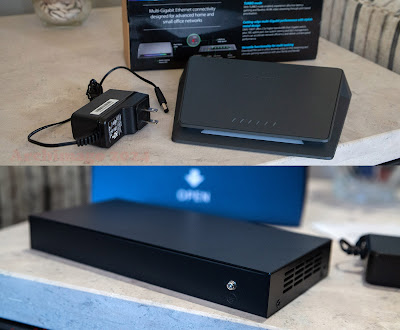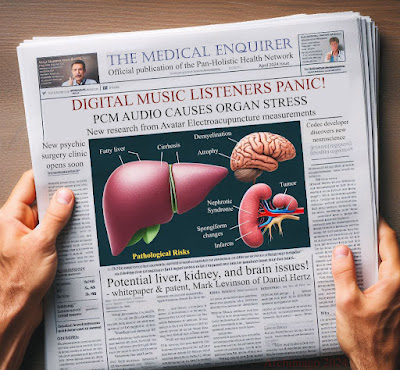I know, that's a massive title! But sometimes there's a bunch of stuff to talk/think about before the holidays. 🙂
With recent holiday sales, like I did recently with the Server, I thought it was time to finally update that GPU in my GAMING rig. Although I had updated the CPU last year to the AMD Ryzen 7 5700X (~US$150) 8-core processor, I was still playing with the old-skool nVidia GTX 1080 GPU that I got back in 2017.
Clearly, after 7 years and a few generations, it was time to get a modern gaming GPU; yeah I have the RTX 4090 but that's for the workstation rather than gaming, in fact, I haven't even installed a single game on this workstation!
As you can see, I got the ASUS GeForce RTX 4070 Super Evo OC Dual-fan model, currently ~US$600 (~CAD$800). The RTX 4070 Super variant was released in January 2024, not long ago and I figured would make for a good contemporary card with longevity for upcoming games and should last me into the 2030's. It's equipped with 12GB of GDDR6X which should be adequate for awhile. And because it's the dual-fan model, it's not as long as the 3-fan cards; this is important because the enclosure I'm using has a limit to the length of large graphics cards it can accommodate.








.jpg)


















%20-%20Results%20Header.png)



.jpg)




